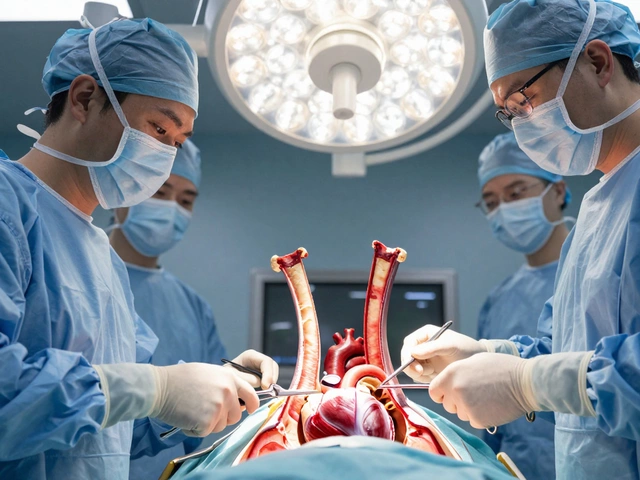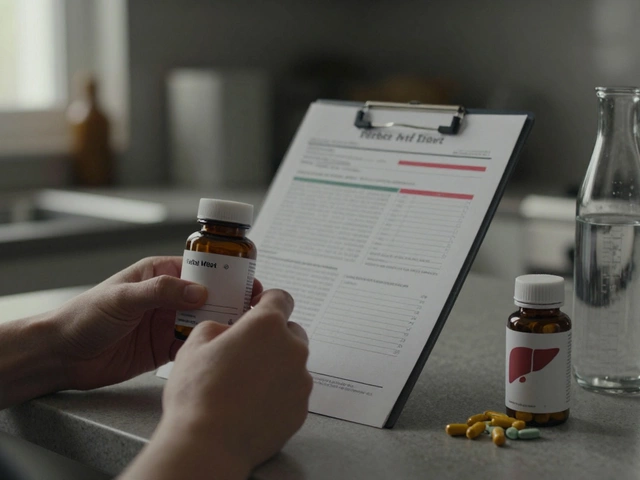Knee Replacement Risks – What You Need to Know
If you or someone you love is headed for a knee replacement, the first thing that pops into mind is a new, pain‑free joint. But every surgery comes with a set of risks, and knee replacements are no exception. Knowing what could go wrong, how to catch it early, and what you can do to minimise problems will make the whole process less scary.
Most people bounce back well, but a few common issues can pop up in the weeks and months after the operation. The biggest culprits are pain spikes, swelling, infection, blood clots, and stiffness. Each of these can slow your rehab or even require extra treatment. The good news? Most of them are predictable and avoidable with the right care plan.
Typical Post‑Op Complications and How to Spot Them
Pain and swelling usually hit their peak around day 2‑3. That’s the “hardest day” many patients talk about – it’s when the body is reacting to the surgical trauma. If the pain feels like a sharp jolt rather than a dull ache, or if swelling doesn’t start to drop after the first week, call your surgeon. Ice, elevation, and prescribed meds help, but persistent pain might mean an infection or a problem with the implant.
Infection is rare but serious. Look for redness, warmth, fever, or drainage from the incision. Early treatment with antibiotics can save the joint, so don’t ignore these signs.
Blood clots (deep vein thrombosis) can develop in the calf or thigh. If your calf feels tight, painful, or looks swollen, get medical help right away. Moving around, ankle pumps, and the blood‑thinner meds your doctor prescribes are key to prevention.
Stiffness and limited motion often happen if you skip the rehab exercises. Gentle range‑of‑motion work, even a few minutes a day, keeps the joint flexible. If you notice you can’t bend or straighten the knee as instructed, it’s time to see a physical therapist.
Everyday Tips to Reduce Risks
Start with the basics: keep the wound clean, follow your medication schedule, and stay on top of your appointments. Showers are safe after the first 48‑72 hours – just protect the incision with a waterproof cover and avoid hot water directly on the wound.
Driving? Most surgeons say you’re good to go when you can comfortably press the accelerator and brake without pain, usually around two weeks for a right‑knee surgery. Use a partner’s car or public transport until you feel confident.
Nutrition matters too. Protein‑rich foods, vitamin C, and zinc support healing. Stay hydrated and aim for a balanced diet to keep your immune system strong.Lastly, listen to your body. If something feels off – a new tingling, sudden weakness, or unusual swelling – don’t wait. Quick action can turn a small issue into a non‑issue.
In short, knee replacement can give you a new lease on life, but only if you keep an eye on the risks. By knowing the warning signs, following rehab guidelines, and staying proactive, you’ll give your new joint the best chance to work smoothly for years to come.






